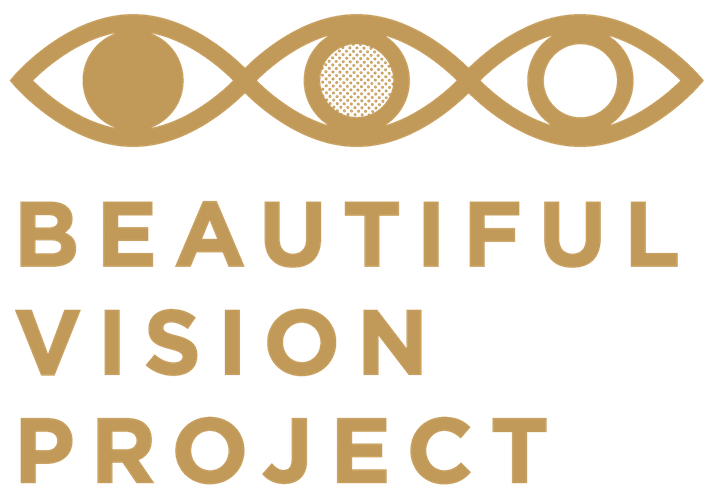Anatomy of the EYe
An explanation of how the parts of the eye enable vision
1. Cornea - The eye's window and protective layer
2. Pupil - The "keyhole" that light passes through
3. Iris - The colored muscle of the eye controlling the size of the pupil
4. Lens - The lens that adjusts its thickness to focus images
5. Optic Nerve - The bundle of nerves that connects the retina to the brain
6. Retina - The layer of light-sensitive rods and cones that begin processing light signals
7. Macula - The cone-dense area of the retina responsible for central vision
8. Vitreous - The jelly that nourishes and gives shape to the eye
The iris is similar to a camera's aperture
Iris – The Eye's Aperture
The iris contracts and dilates to control the amount of light entering the eye; it is the color in our eye that controls the size of our pupil. The pupil is the aperture’s hole, it is simply a window whose size is adjusted by the iris.
The Eye's Lens
The lens of the eye works exactly like the lens of a camera, self-adjusting to bend light onto the back of the eye. The lens has no blood vessels and is made up of clear, crystalline proteins. Working with the cornea, the lens focuses light into an image, which then passes through the vitreous of the eye to be sensed by the retina.
Retina – The Film of the Eye
The retina is made up of light-sensitive neurons called rods and cones that turn light into signals which are sent to the brain for visual processing. Rods and cones require blood flow for nourishment and waste elimination.
Processing Vision
The optic nerve connects the retina to the brain, carrying the signals created from the light to the brain. The brain produces the images we see by making sense of the signals sent through the optic nerve.


